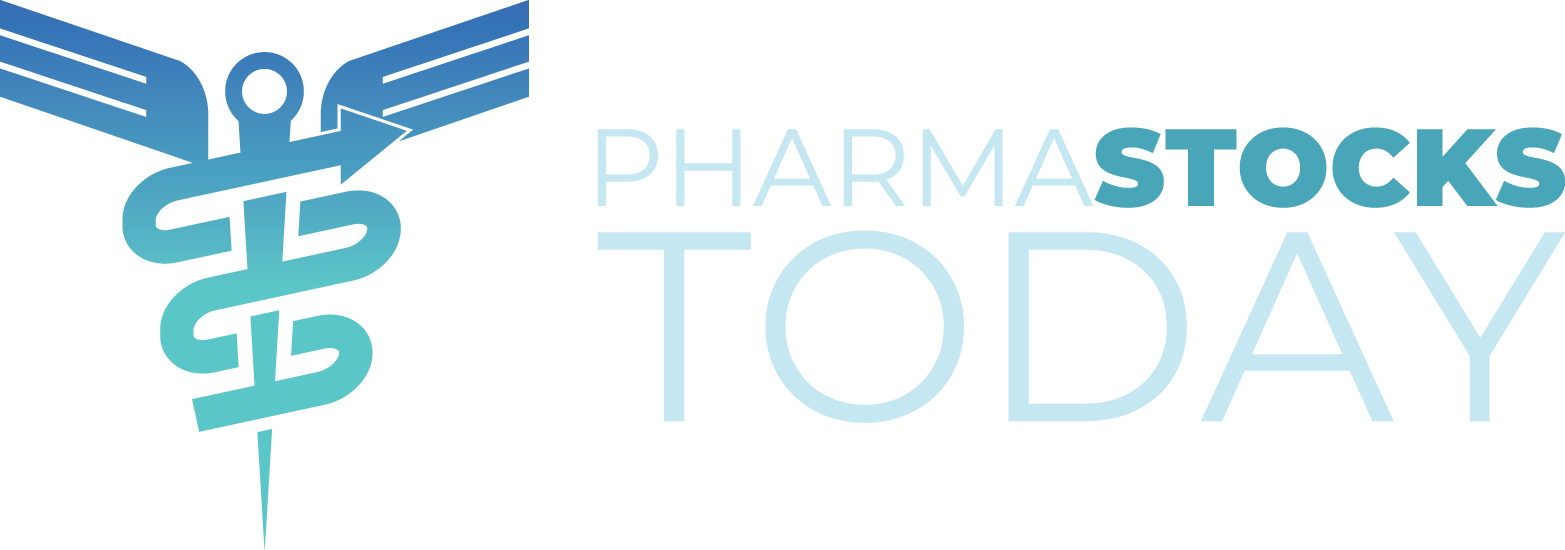Eli Lilly’s (LLY) Breakthroughs: Hedge Funds’ New Healthcare Favorite
The Healthcare Sector: Growth, Innovation, and the Impact of AI
The healthcare sector is on a trajectory of unprecedented growth, primarily driven by innovations in medical technology. While pharmaceuticals focus on chemical processes, medical devices leverage physical or mechanical means for disease prevention, diagnosis, and treatment. Key medical devices such as pacemakers, imaging equipment, and dialysis machines are becoming integral to modern healthcare delivery.
In the United States, healthcare spending saw a notable rise of 7.5% in 2023, significantly outpacing the nominal GDP growth rate. Health insurance coverage has reached a record high, with 93.1% of Americans now insured, contributing to this surge in spending. Over the upcoming decade, national healthcare expenditures are projected to grow at an annual rate of 5.6%, in stark contrast to the 4.3% CAGR expected for GDP. Furthermore, global trends indicate similar prosperity, with McKinsey forecasting that healthcare profits will ramp up at a 7% CAGR, jumping from $583 billion in 2022 to over $800 billion by 2027.
2023 posed challenges such as labor shortages and rising inflation, yet it also created a fertile ground for savvy investors. With a solid risk-reward profile, the healthcare sector is anticipated to stage a recovery in 2024. A recent report by Silicon Valley Bank highlights that investment in artificial intelligence (AI) within healthcare is expanding at a staggering rate—twice that of the IT sector. They estimate over $11 billion will be funneled into AI healthcare solutions this year alone, with $2.8 billion already allocated for 2024.
Despite uncertainties, investor confidence remains robust, as shown in Deloitte’s 2024 Global Health Care Sector Outlook, which stated that the industry attracted $31.5 billion in private equity funding from 2019 to 2022. AI’s integration into healthcare operations is expected to yield significant savings—around $360 billion over the next five years—as predictive analytics and healthcare record automation enhance the efficacy of service providers.
Eli Lilly and Company (NYSE: LLY)
Performance and Market Potential
Eli Lilly & Company (NYSE: LLY) has positioned itself as a leader in the pharmaceutical sector, focusing on critical therapeutic areas including diabetes, oncology, immunology, and neuroscience. Founded in 1876, Lilly has a compelling pipeline, evident from two substantial achievements: the FDA’s approval of Kisunla for Alzheimer’s treatment and the filing of tirzepatide for obstructive sleep apnea in both the U.S. and the EU.
Currently, the company has an impressive 11 novel compounds in clinical trials aimed at obesity and other chronic conditions. This comes as Lilly actively works to enrich its product range—a strategy corroborated by its recent acquisition of Morphic Holding to bolster its immunology pipeline with innovative oral integrin therapies targeted at severe chronic illnesses.
In Q2 2024, Eli Lilly saw a noteworthy 36% increase in revenue compared to the previous year. This striking accomplishment was heavily driven by solid sales of its products, including Mounjaro, Zepbound, and Verzenio, which collectively contributed to a remarkable 68% uptick in earnings per share. Excitingly, Lilly has raised its full-year revenue guidance by $3 billion, reflecting its confidence in maintaining this growth trajectory.
Investments in Infrastructure and Innovation
A pivotal move was Lilly’s commitment of $4.5 billion for the construction of the Lilly Medicine Foundry, set to reside within the LEAP Research and Innovation District in Lebanon, Indiana. This cutting-edge facility aims to integrate drug discovery with production capabilities, enabling Lilly to adopt novel manufacturing processes and enlarge its capacity for clinical trial medications.
Hedge Fund Activity: A Strong Endorsement
As per Insider Monkey’s latest data, as of Q3 2024, a total of 106 hedge funds incorporated Eli Lilly into their portfolios. Notably, Baron Funds highlighted in their second-quarter investor letter that investor enthusiasm has significantly buoyed Lilly’s shares, primarily driven by the efficacy of GLP-1 drugs for diabetes and obesity. They emphasize the expansive market potential, estimating that around 32 million Type 2 diabetics and an additional 105 million obese patients in the U.S. alone could benefit from GLP-1 therapies.
Baron Funds highlighted that Lilly’s Mounjaro/Zepbound not only provides exceptional blood sugar control for diabetics but can also achieve remarkable weight loss of over 20%. They anticipate an emerging $150 billion-plus market for GLP-1 drugs, with Lilly poised to solidify its market share through ongoing innovations.
Conclusion: A Compelling Investment in Pharma
Lilly ranks as the second most promising healthcare stock in the eyes of hedge fund managers, signifying strong confidence in the company’s future prospects. However, while the potential of healthcare companies is undeniably compelling, it is essential to recognize that AI stocks might yield even higher returns and do so at a faster pace compared to traditional pharmaceutical investments.
As we move forward, keeping an eye on the dynamics between healthcare innovation, AI integration, and investor sentiment will be critical for making informed investment decisions. The convergence of these factors will shape the future landscape of the healthcare sector, making now an opportune time to engage with companies like Eli Lilly, which continue to demonstrate robust growth and innovation.
















